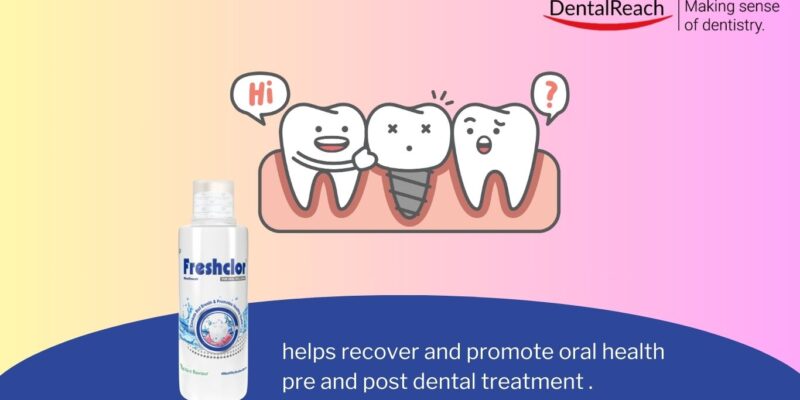A landmark study from the University of Zurich has cast light on long-term outcomes for zirconia-based, implant-supported single crowns, revealing substantial complications that may impact clinical decisions on restoration methods. Evaluating screw-retained (SR) versus cemented (CR) zirconia crowns over a 7.5-year follow-up period, the randomized clinical trial assessed marginal bone levels, peri-implant health, and technical performance, providing crucial insights for dentists considering restoration options for single-tooth gaps in the anterior aesthetic zone.
Key Findings and Clinical Implications
Biological Complications:
- Bleeding on Probing (BoP): CR crowns showed a notably higher mean BoP (40%) compared to SR crowns (20%). This elevated inflammation marker suggests a higher risk for peri-implant disease in cemented crowns, emphasizing the need for regular monitoring in these cases.
- Peri-implant Mucositis and Peri-implantitis: Peri-implant mucositis was detected in eight cases, with the majority occurring in the CR group. Only one case of peri-implantitis was reported, and it occurred in the SR group. These findings highlight that while mucositis rates were higher in cemented restorations, screw-retained options were not entirely immune to complications.
Technical Complications and Restoration Survival:
- Survival Rates: The study observed a survival rate of 77.5% across both groups, with SR crowns showing a slightly higher survival rate (81%) compared to CR crowns (74%).
- Abutment Fractures: Zirconia abutment fractures were a significant technical complication, particularly in posterior sites (premolars), affecting both SR and CR groups. This suggests a potential need for enhanced material strength or design modifications, especially in load-bearing areas.
Marginal Bone Levels:
- Radiographic analysis showed stable bone levels in both groups, with minimal differences between SR (−0.215 mm) and CR (−0.073 mm) groups over the study period. This stability in marginal bone levels may indicate the suitability of zirconia abutments in preserving peri-implant bone in the long term, although bone maintenance alone did not mitigate the higher rates of soft tissue complications in CR crowns.
Practical Implications:
The results of this study indicate that clinicians should weigh both technical and biological risks when selecting between screw-retained and cemented restorations, particularly in aesthetically sensitive anterior zones. While SR crowns may offer a lower risk of peri-implant inflammation and potentially higher survival rates, they are not without risk, especially regarding technical failures. Cemented restorations, though initially esthetically favorable, may require vigilant follow-up due to higher incidences of peri-implant mucositis.
This study underscores the importance of individualized treatment planning, taking into account each patient’s oral health, aesthetic demands, and compliance with follow-up care. For cases with thin peri-implant mucosa, where esthetics are prioritized, SR all-ceramic crowns on zirconia abutments could present a balanced option, although robust patient education on maintenance is crucial.
Further studies are necessary to develop materials and techniques that minimize these complications and improve long-term outcomes for patients and practitioners alike.
Source: https://onlinelibrary.wiley.com/doi/10.1111/clr.14346




















Comments